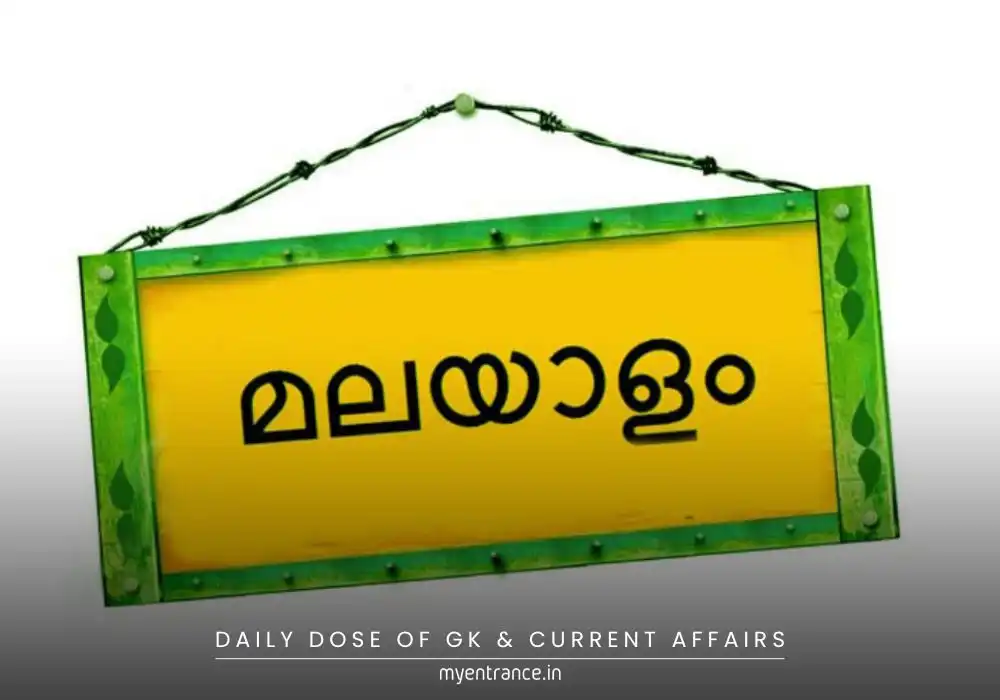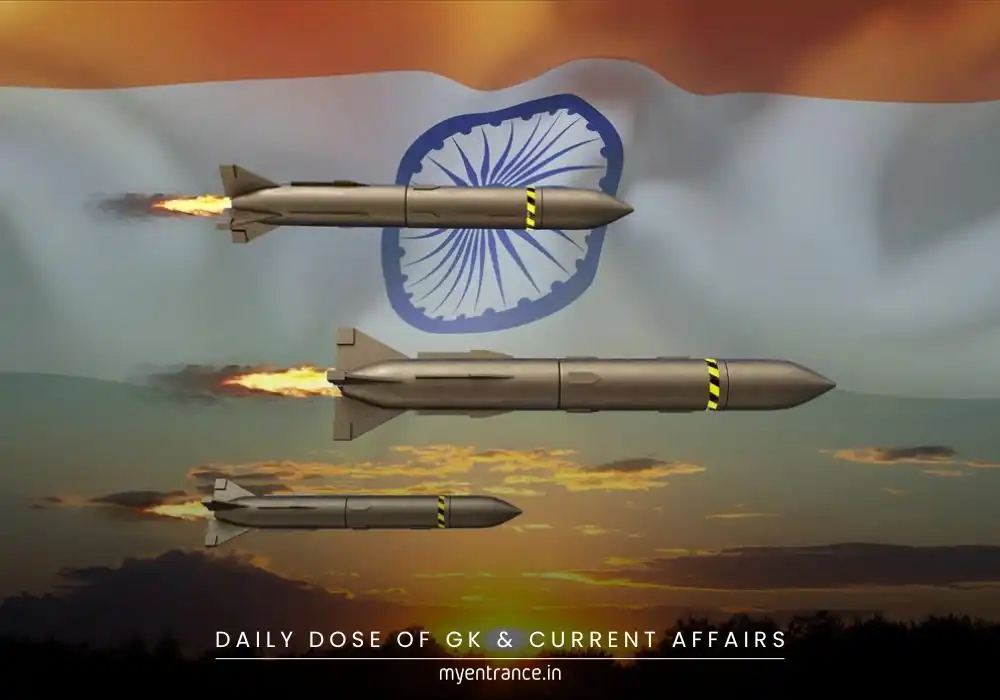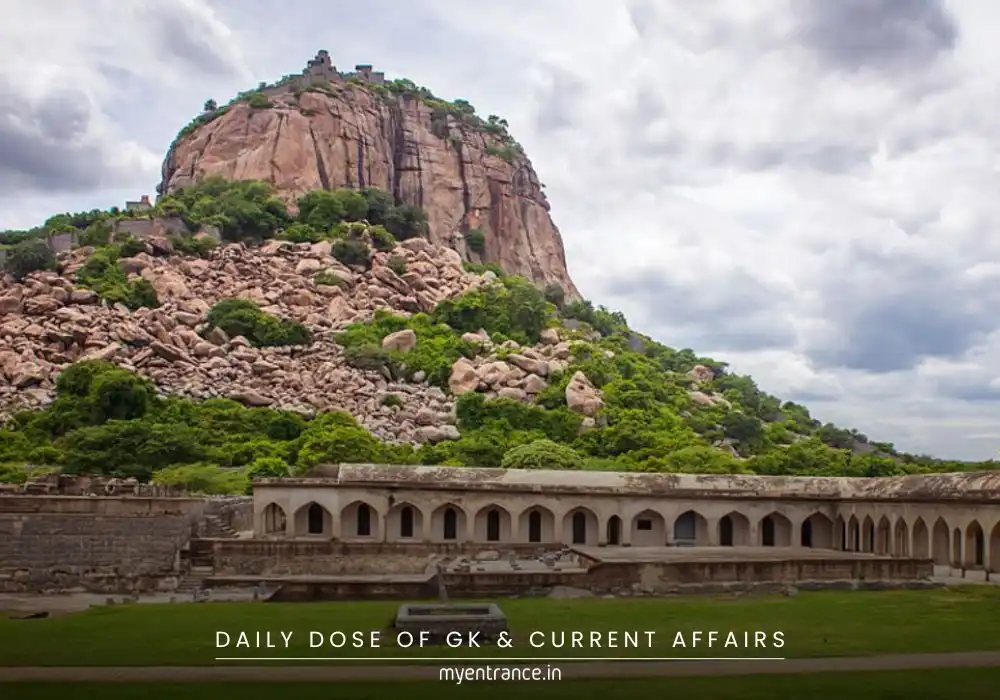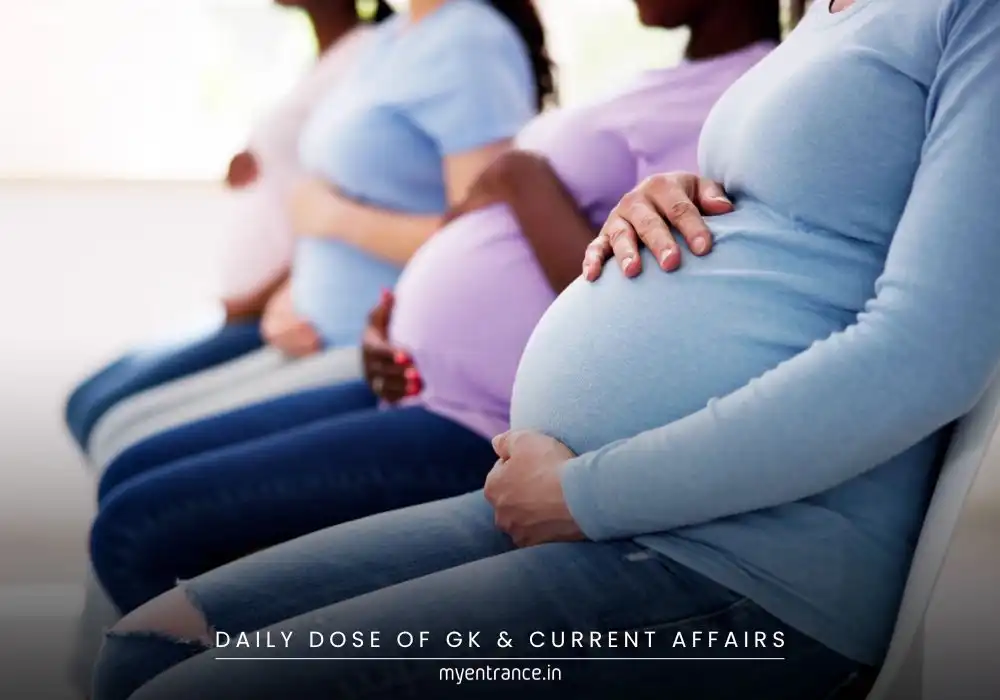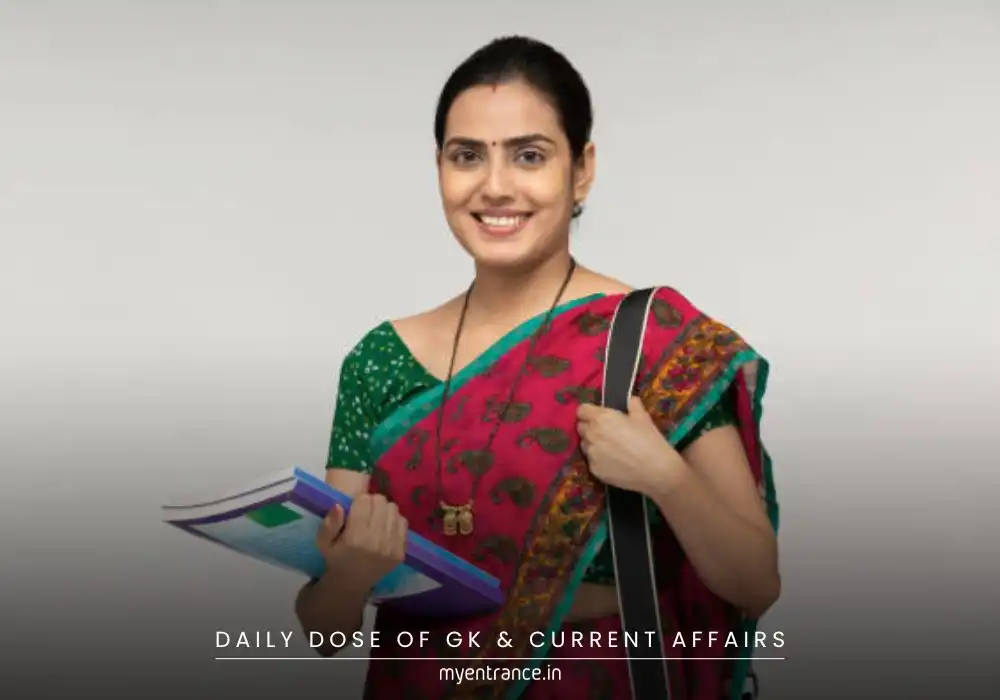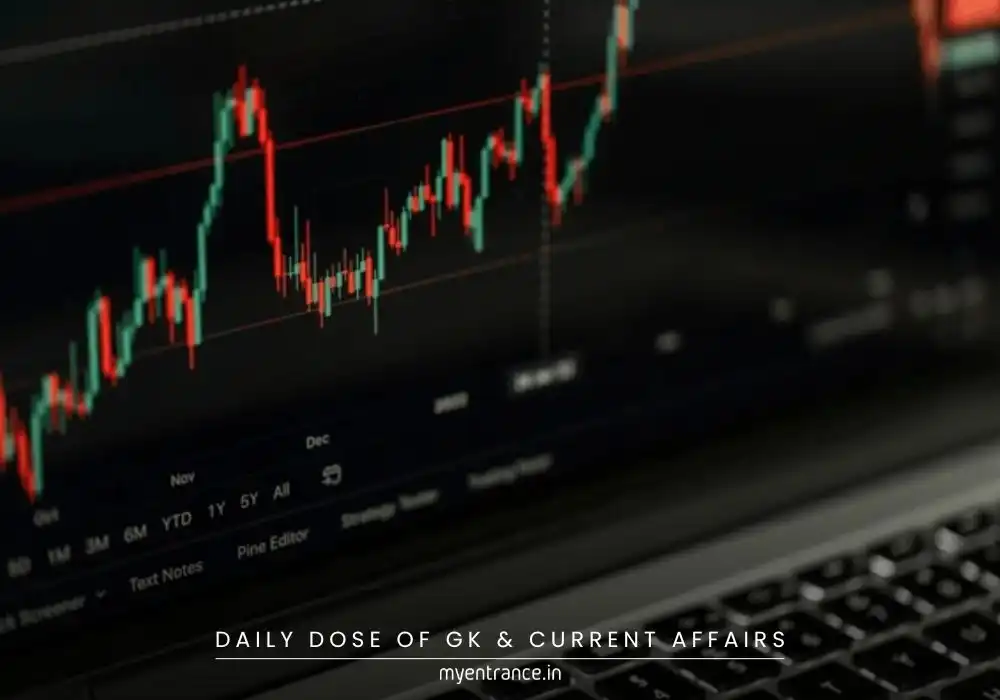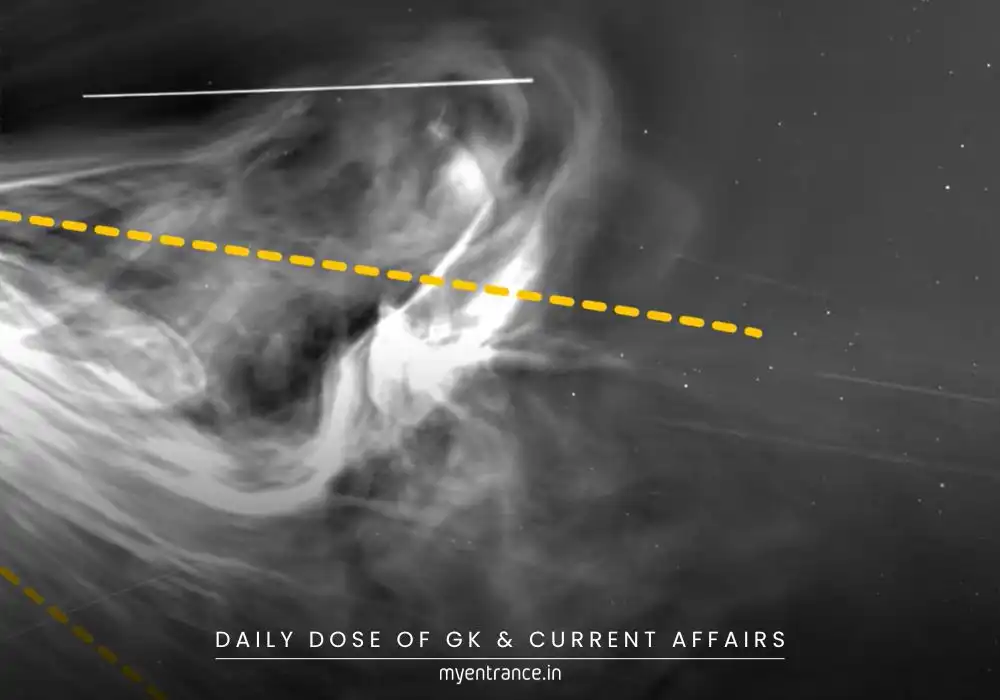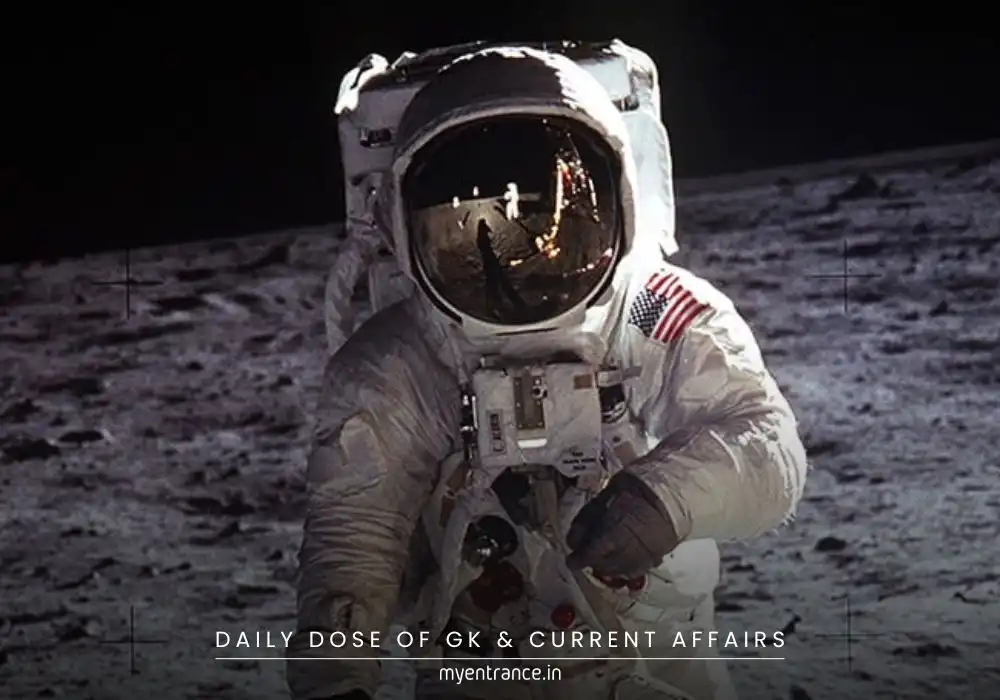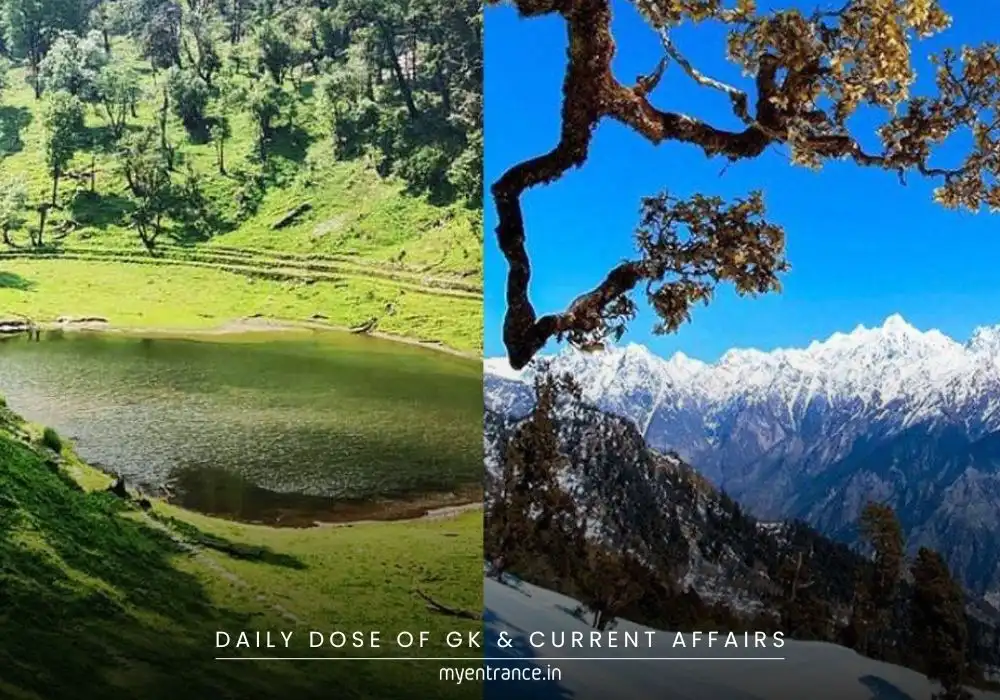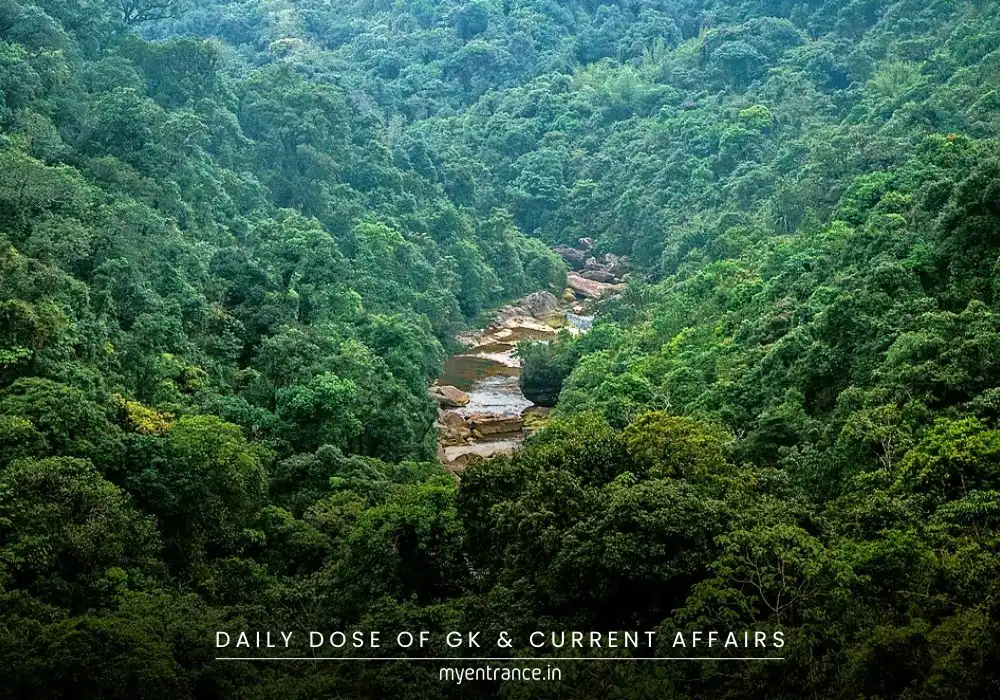Translate Language
Why Did the Supreme Court Warn Against Social Media Misuse?
In a landmark observation, the Supreme Court highlighted the fine balance between free speech and responsible social media use. The court stressed that citizens must exercise self-restraint to avoid state-imposed regulations—a critical discussion for law and governance aspirants.

Why Did the Supreme Court Advocate for Social Media Restraint?
The Supreme Court’s recent remarks came during a hearing on a plea by Wazahat Khan, a Kolkata resident facing multiple FIRs for controversial social media posts. The bench, led by Justice B.V. Nagarathna, underscored that while Article 19 guarantees free speech, it must align with:
Fundamental Duties: Upholding national unity and integrity.
Reasonable Restrictions: Preventing hate speech and divisiveness.
Self-Regulation: Citizens avoiding misuse to prevent state interference.
The court clarified it wasn’t advocating censorship but aimed to curb “divisive tendencies” harming fraternity and secularism. Justice Nagarathna noted that frivolous litigation over social media disputes clogs the judiciary, diverting attention from serious crimes.
Key Observations:
Horizontal Application of Rights: Free speech shouldn’t violate others’ dignity (Article 21).
Role of Fraternity: Citizens must foster unity to counter hate speech organically.
Awareness Over Enforcement: Social movements, not just laws, can deter abusive content.
The case also referenced Sharmishta Panoli, a law student arrested over posts, highlighting how unchecked speech escalates legal battles. The SC postponed the hearing to draft guidelines, signaling a shift toward digital responsibility.
Sample Q&A for Competitive Exams
Q1: What was the Supreme Court’s primary concern in the Wazahat Khan case?
A1: Balancing free speech (Article 19) with self-restraint to prevent divisive content on social media.
Q2: How does the SC propose to reduce hate speech without state censorship?
A2: By encouraging citizen-led fraternity, awareness, and self-regulation.
Q3: Which constitutional duty did Justice Nagarathna cite to justify social media regulation?
A3: Article 51A(e)—upholding India’s unity and integrity.
Q4: What is the “horizontal” application of fundamental rights?
A4: Ensuring rights like free speech don’t infringe on others’ dignity (horizontal effect vs. state’s vertical duty).
Q5: Why did the SC compare social media misuse to “clogging the legal system”?
A5: Excessive litigation over abusive posts diverts police/judicial resources from grave crimes.
Get 3 Months Free Access for SSC, PSC, NIFT & NID
Boost your exam prep!
Use offer code WELCOME28 to get 3 months free subscription. Start preparing today!
